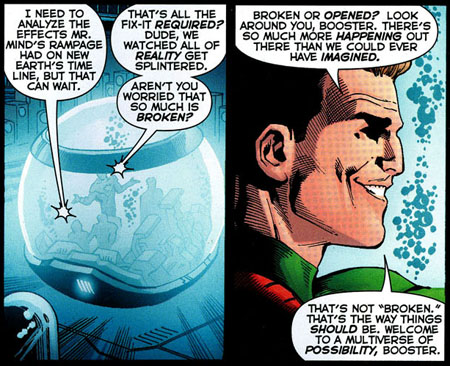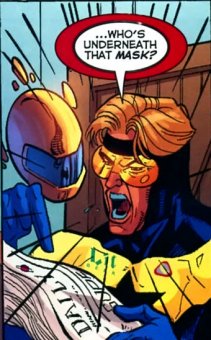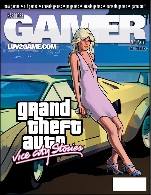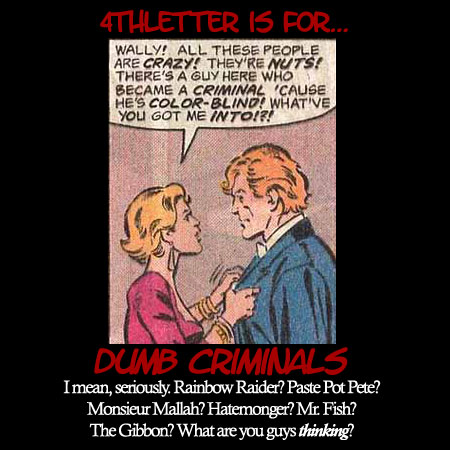
Behold, I Teach You the Wildstorm
October 21st, 2009 Posted by david brothersGrant Morrison and Jim Lee on Wildcats ended up being a non-starter. The first issue came out, the second didn’t, and that was the end of that. I reread it recently, though, and it is actually very good, for a number of reasons.
One of my favorite parts of Frank Miller and Jim Lee’s All-Star Batman & Robin the Boy Wonder is the dissonance between the art and the story. Jim Lee, love him or hate him, defined superheroic art for the ’90s. Multiple artists were told to draw in his style, including Ian Churchill, and from a strictly comics perspective, he’s probably the most successful of the Image founders. Miller’s story, though, runs in direct defiance of that, dripping with pulpy narration and so over the top in its grotesque incorporation of superheroics that it seems off-kilter and wrong. Once I got it, the book clicked for me.
As in ASBAR, Jim Lee’s art is used in Wildcats as a tool above and beyond “sequential art on a page.” Lee’s style is Wildstorm. They’ve had various artists come through their doors, with an astonishing amount of great ones (Dustin Nguyen, Sean Phillips, Travis Charest, Aron Wiesenfeld, Richard Friend, Laura Martin), but Lee defined the style and still stands out in my mind as the Wildstorm artist.
And Wildcats is Grant Morrison’s take on the Wildstorm universe, but a take on a very specific time in the WSU. He’s going right after the period of time when Wildstorm was at its peak, when The Authority, Planetary, Wildcats/Wildcats 3.0, Automatic Kafka, and Sleeper reigned. It’s Grant Morrison taking what Lee, Casey, and Ellis, in particular, built and pushing it to the next level. The book begins with a bit of exposition that sets the stage: President Chrysler has just come to power, and the world is in turmoil. With a few short phrases (“from the new underwater cities to the asylum ghettoes of Europe”), he establishes this new world. It is not ours, rather, it is a comic book world. Suicide bombers don’t strap explosives and ball bearings to their chest. Now, they are radioactive supermen who lurk in outer space. Telephones are 3D and you can have your very own android for protection (“In stock now! New low price!”). And, more than anything, superheroes are everywhere and revel in their glory.
 Joe Casey’s Wildcats was all about pushing superheroes to a new level. Not the next level, but one different from the one they were on. A focus relationships and business maneuvers, rather than superheroics and spectacle, was a valid description of his run, until he had to give in to market forces and jazz 3.0 up some in an attempt to avoid cancellation.
Joe Casey’s Wildcats was all about pushing superheroes to a new level. Not the next level, but one different from the one they were on. A focus relationships and business maneuvers, rather than superheroics and spectacle, was a valid description of his run, until he had to give in to market forces and jazz 3.0 up some in an attempt to avoid cancellation.
Morrison takes Joe Casey’s Hadrian, CEO of Halo and reformed superhero, and pushes him to the logical conclusion of Wildcats 3.0. Halo has revolutionized the world, providing families with personal Spartan robots, fancy telephones, and other high tech tools. It’s the end point of the Reed Richards/Tony Stark/Superhero Super Scientist character. At some point, they are either going to drastically improve the world or die as failures.
Read the rest of this entry �






 -Speaking of the mag! HGM17 is out and about and ready for downloadin’. Our site is at
-Speaking of the mag! HGM17 is out and about and ready for downloadin’. Our site is at 